Optimal Seasons for Barb Wire Fence Installation
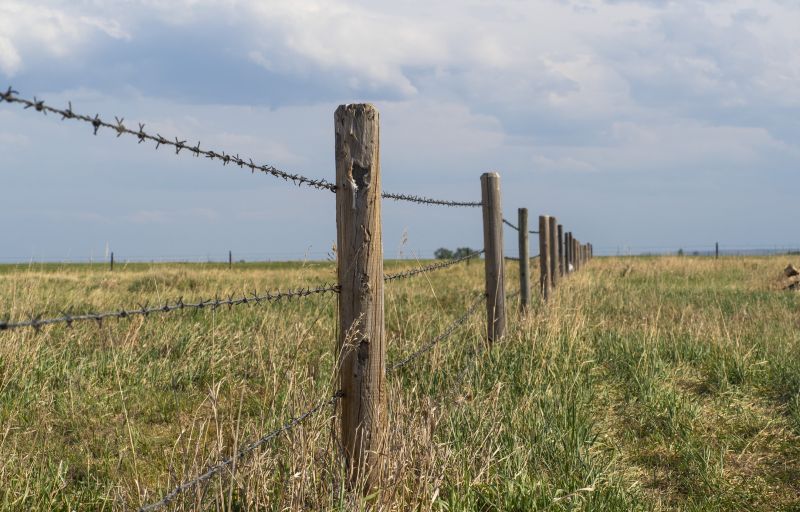
Spring offers moderate temperatures and dry conditions, ideal for setting posts and stretching wire.
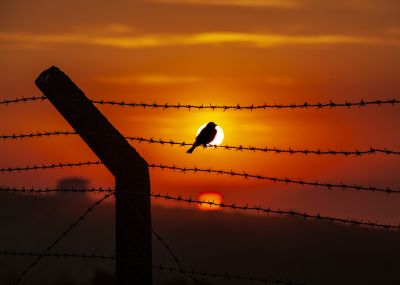
Warm weather and longer daylight hours facilitate efficient installation, but high temperatures may require additional precautions.
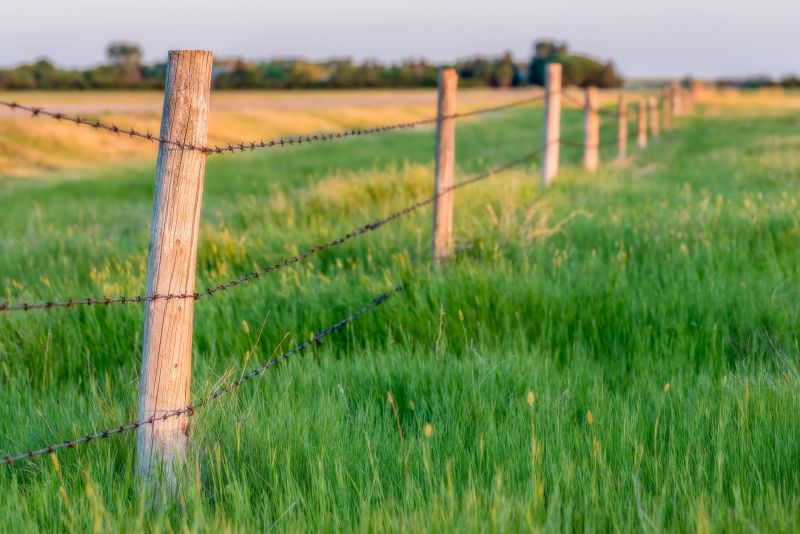
Cooler temperatures and stable ground conditions make fall a suitable time for fence installation.
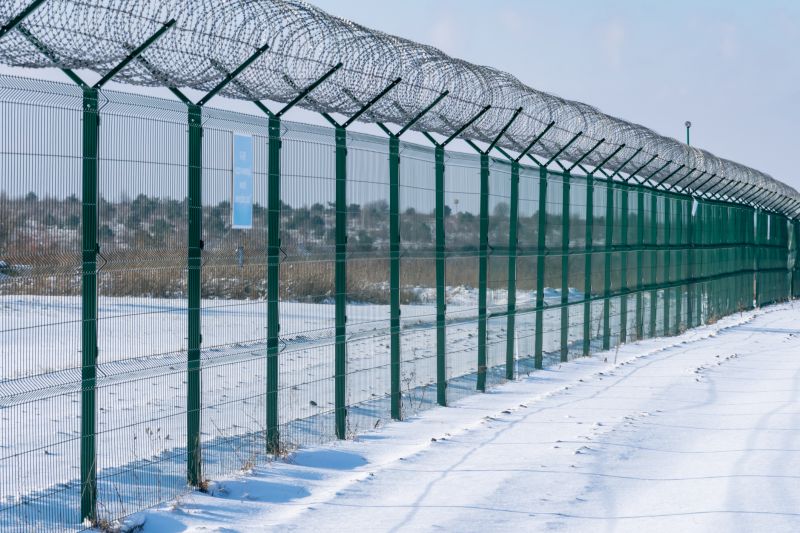
Cold and potentially frozen ground can hinder post setting and wire stretching, making winter less ideal.
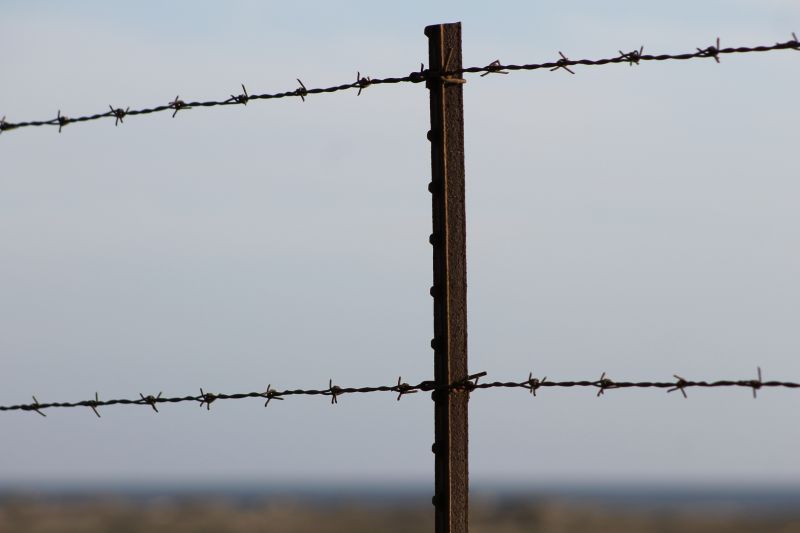
Ways to make Barb Wire Fence Installations work in tight or awkward layouts.

Popular materials for Barb Wire Fence Installations and why they hold up over time.

Simple add-ons that improve Barb Wire Fence Installations without blowing the budget.
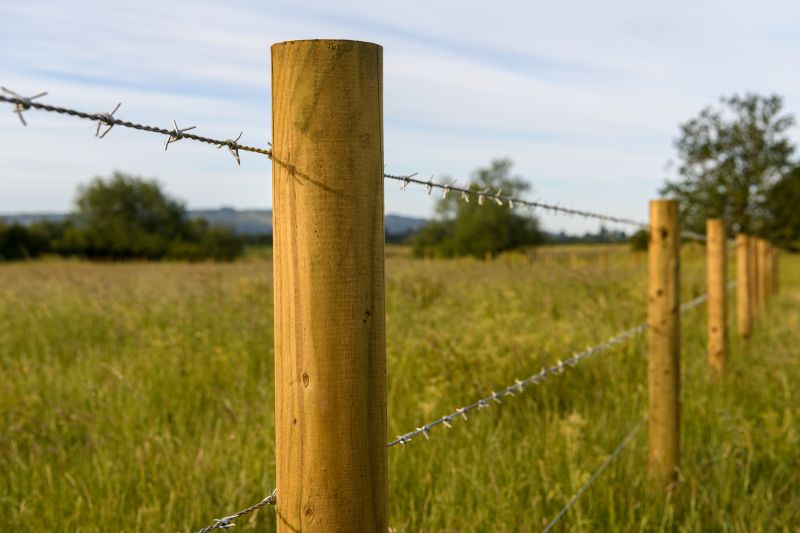
High-end options that actually feel worth it for Barb Wire Fence Installations.
Barb wire fence installations are commonly performed in various seasons, with optimal timing influenced by weather conditions and ground stability. Proper timing ensures the longevity and effectiveness of the fence. Spring and fall are generally preferred for their moderate temperatures and manageable ground conditions, which facilitate easier installation and reduce the risk of post movement or wire slackening. Summer can be suitable, especially in cooler regions, but high heat may impact worker safety and material handling. Winter installation is typically avoided due to frozen soil and harsh weather, which can compromise foundational stability.
Statistics indicate that fence durability and maintenance costs are minimized when installation occurs during periods of stable weather. Proper planning around seasonal conditions can extend the lifespan of barb wire fences and reduce the need for repairs. It is essential to consider local climate patterns and ground conditions to determine the most appropriate time for installation. Seasonal adjustments, such as scheduling during dry spells or avoiding extreme cold, contribute to successful fence setup and long-term performance.
Selecting the optimal season for installation depends on local weather patterns and ground conditions.
Proper site preparation and timing can improve installation efficiency and fence durability.
Timing installation during favorable weather reduces maintenance and replacement costs.
Plan installations during moderate weather periods for best results and longevity.
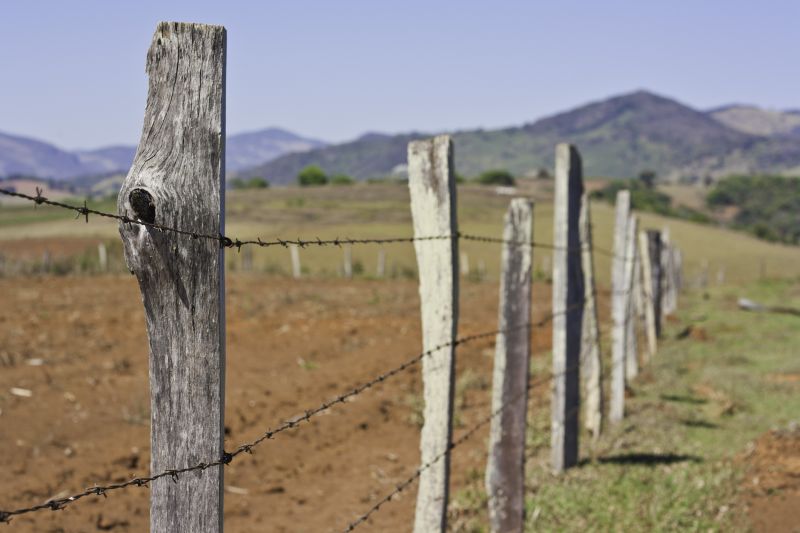
Spring's moderate climate helps ensure proper post setting and wire tension.

Long daylight hours facilitate efficient installation in warm weather.
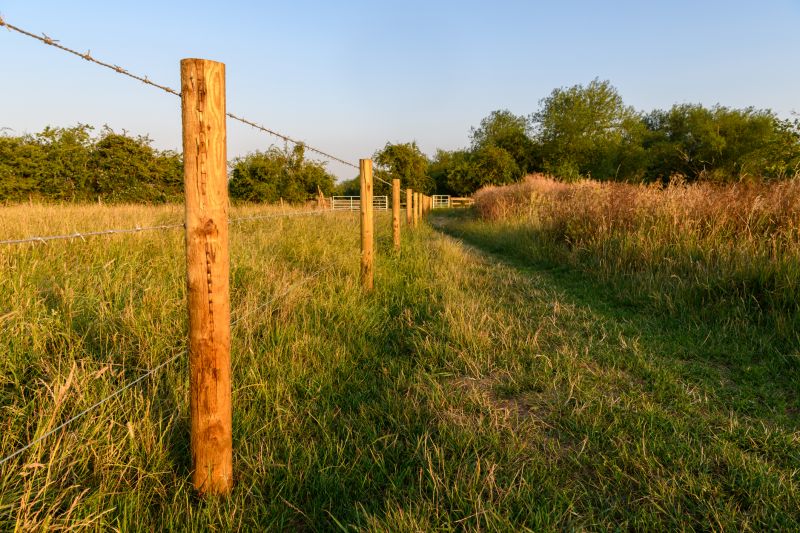
Cooler temperatures and dry ground conditions support effective setup.
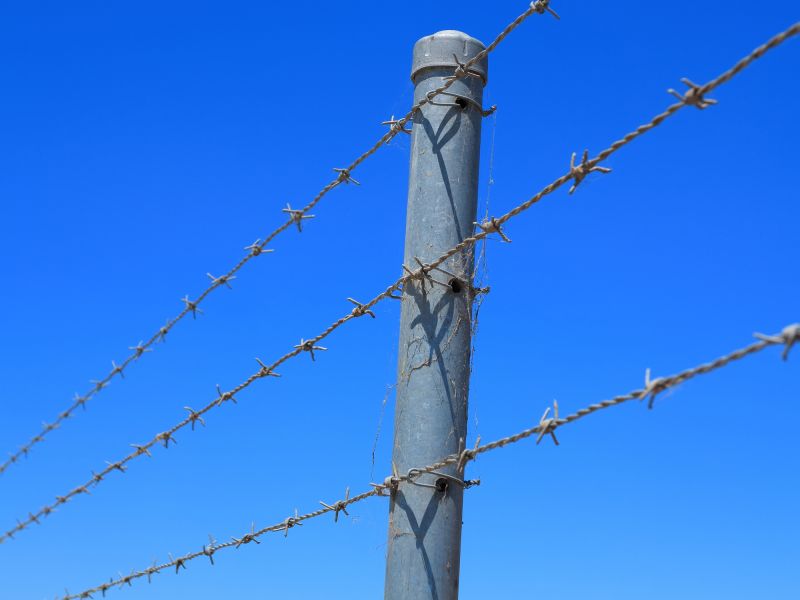
Frozen ground and weather extremes pose challenges to fencing projects.
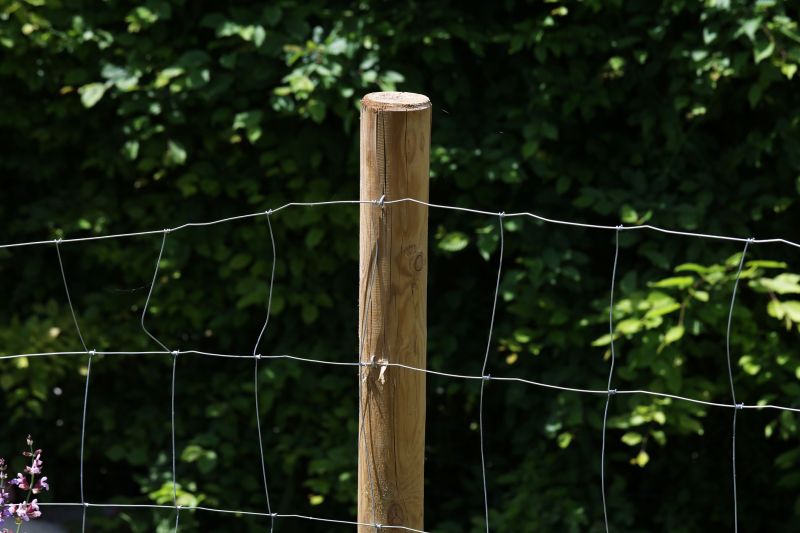
Proper timing ensures posts are securely anchored and aligned.

Ideal weather prevents wire slackening and maintains tension.
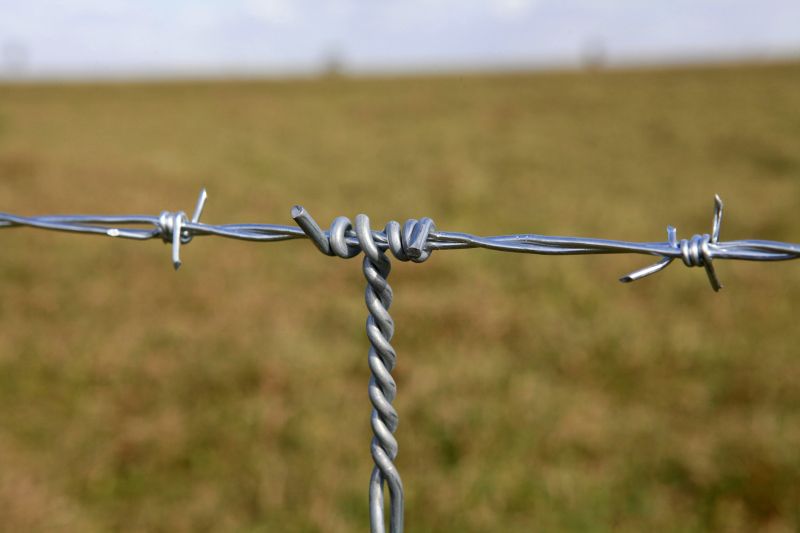
Regular inspections after installation help identify issues early.
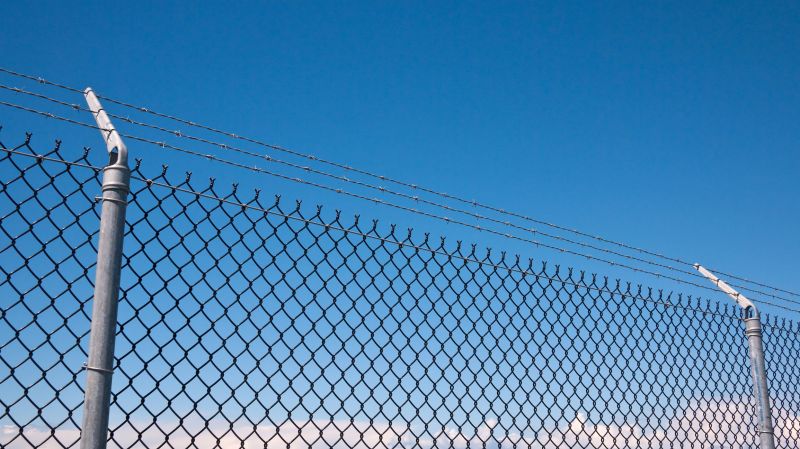
Proper timing and installation practices extend fence lifespan.
| Season | Advantages |
|---|---|
| Spring | Moderate temperatures, dry ground, good for post setting. |
| Summer | Longer work hours, suitable in cooler regions, but watch for heat. |
| Fall | Cooler weather, stable ground, ideal for installation. |
| Winter | Challenging due to frozen ground, generally not recommended. |

Workers setting posts and stretching barb wire during optimal weather conditions.
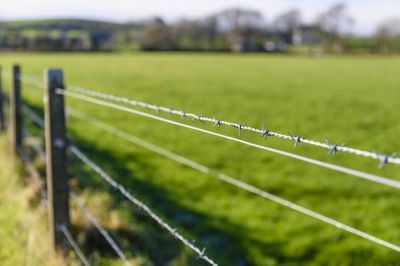
A sturdy fence installed during favorable seasonal conditions.

Properly aligned posts ready for wire attachment.
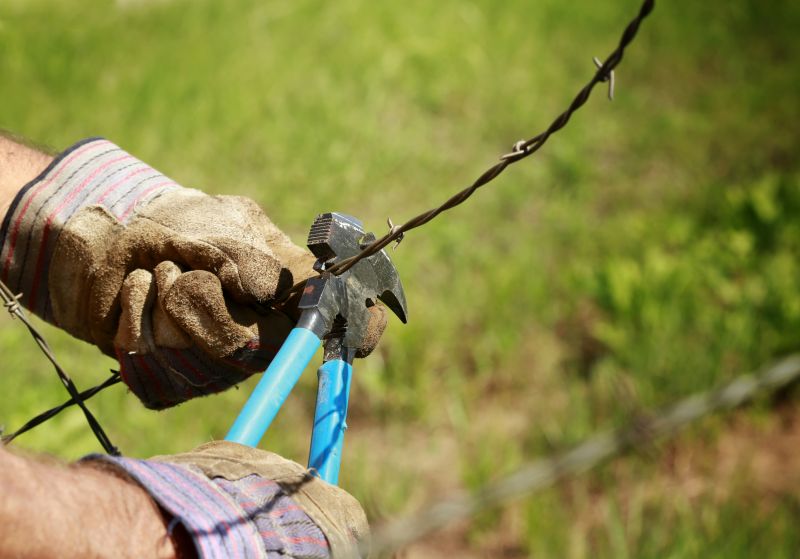
Tools used to ensure consistent tension during installation.
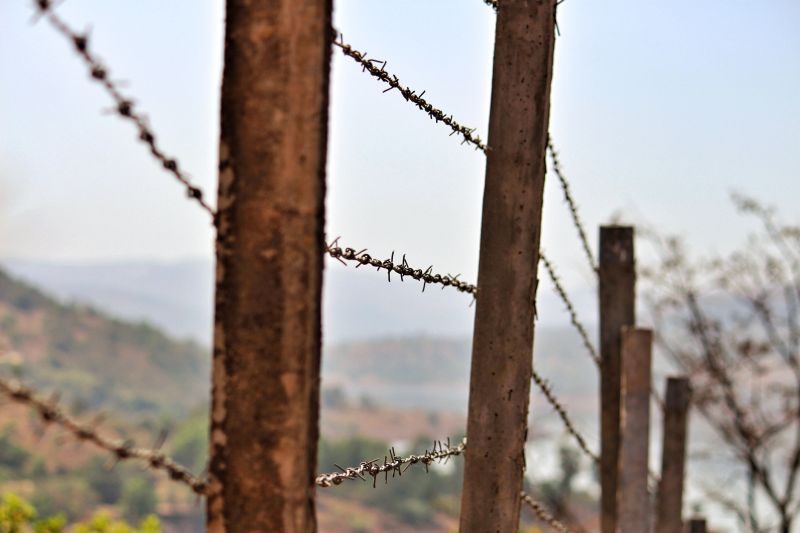
Finishes and colors that play nicely with Barb Wire Fence Installations.
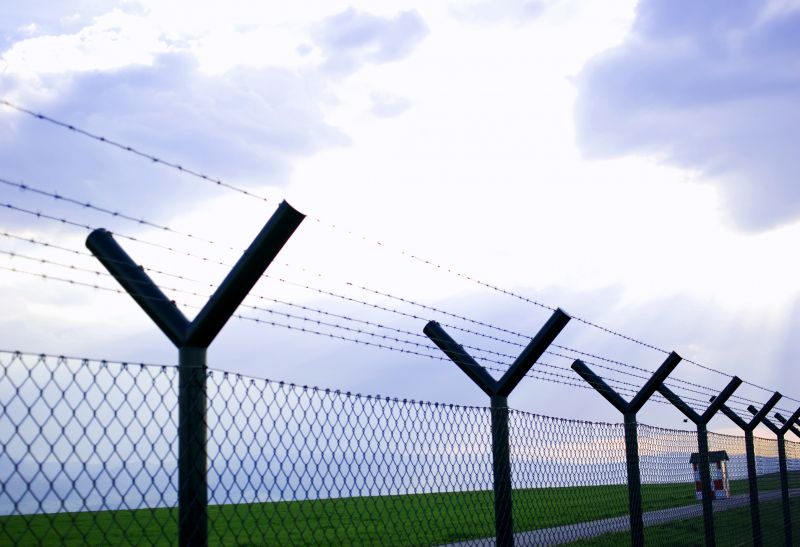
Little measurements that prevent headaches on Barb Wire Fence Installations day.
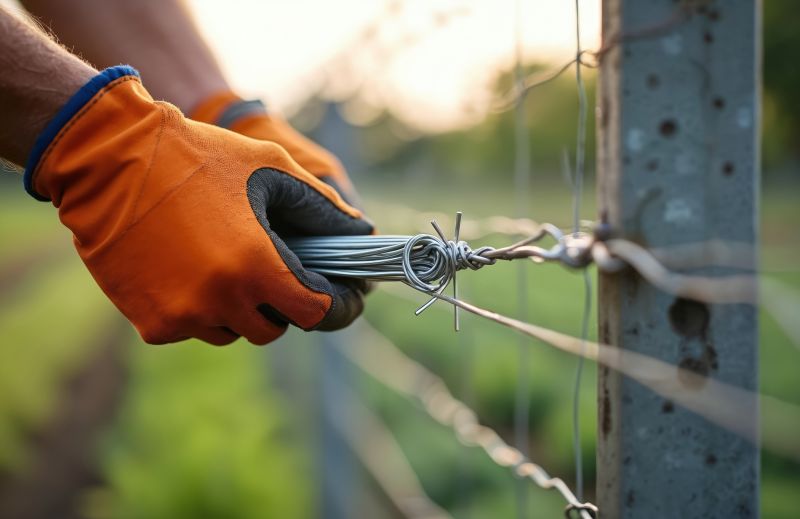
A 60-second routine that keeps Barb Wire Fence Installations looking new.
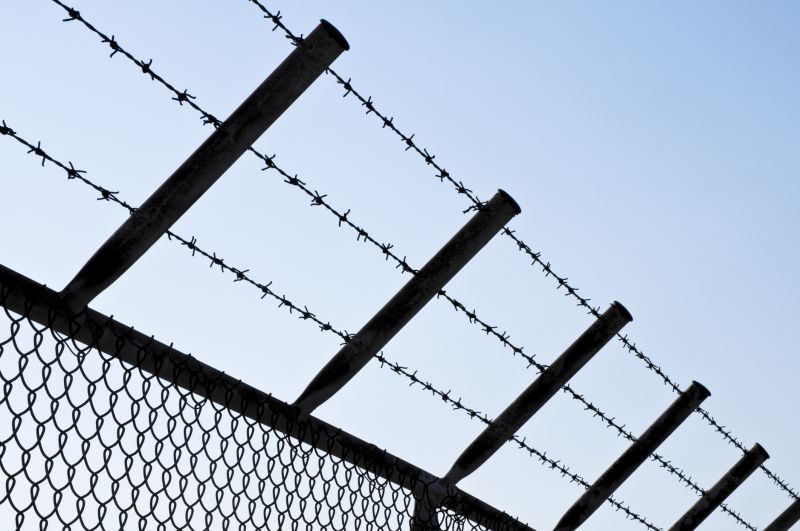
A frequent mistake in Barb Wire Fence Installations and how to dodge it.
Interested in barb wire fence installations? Filling out the contact form can provide more information and help schedule the project during the most suitable season for optimal results.
